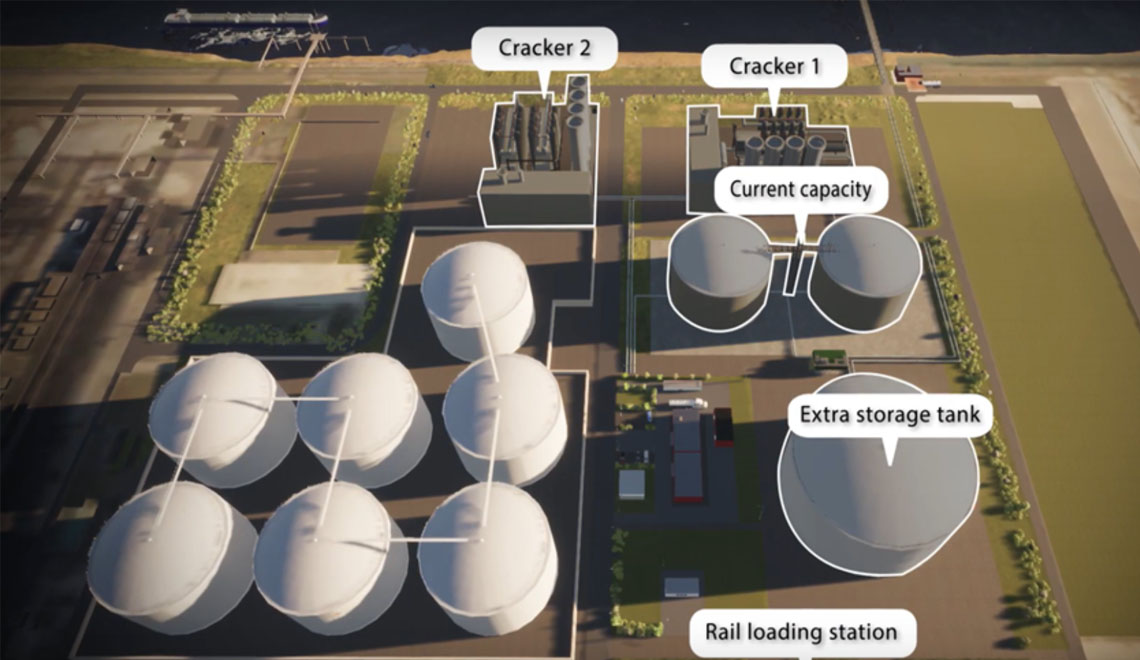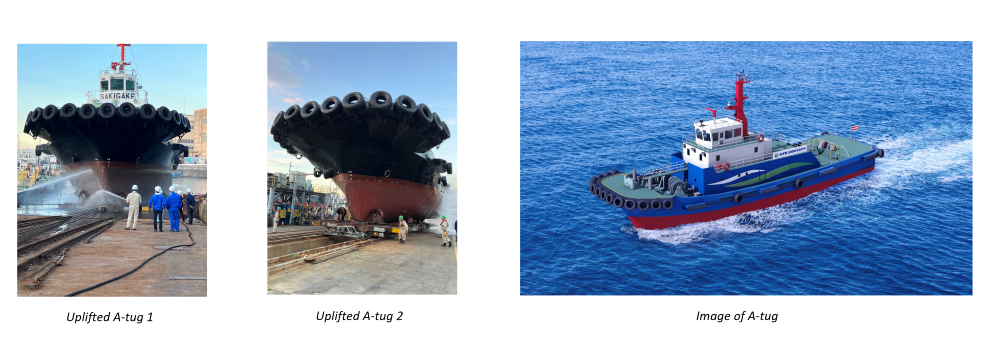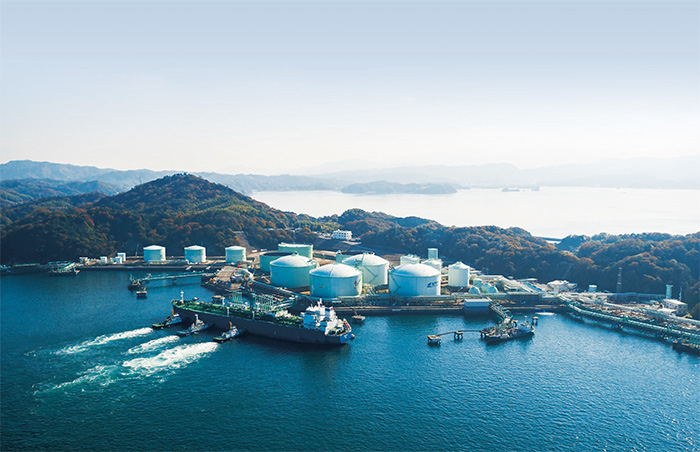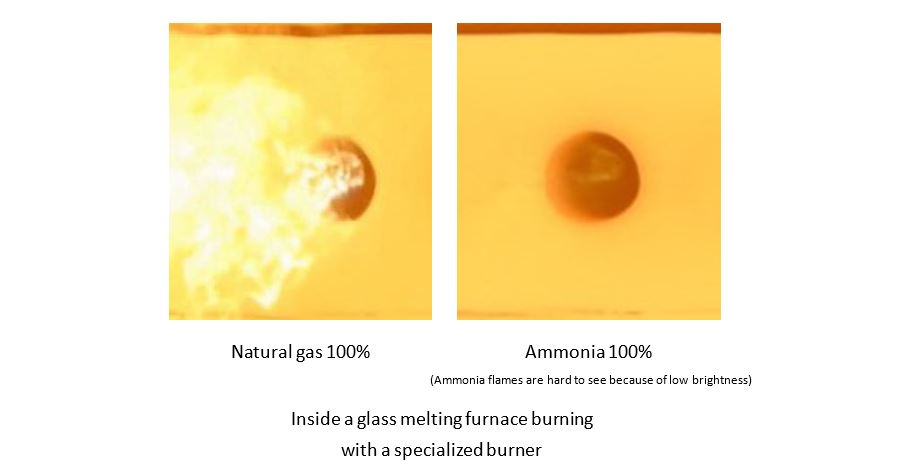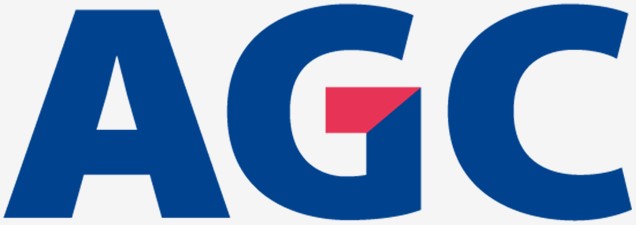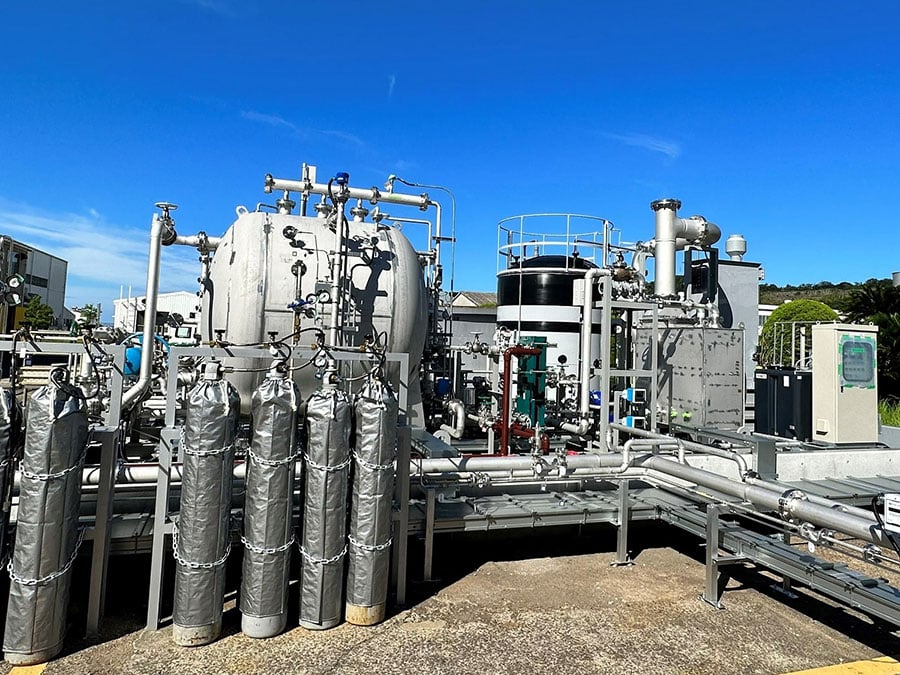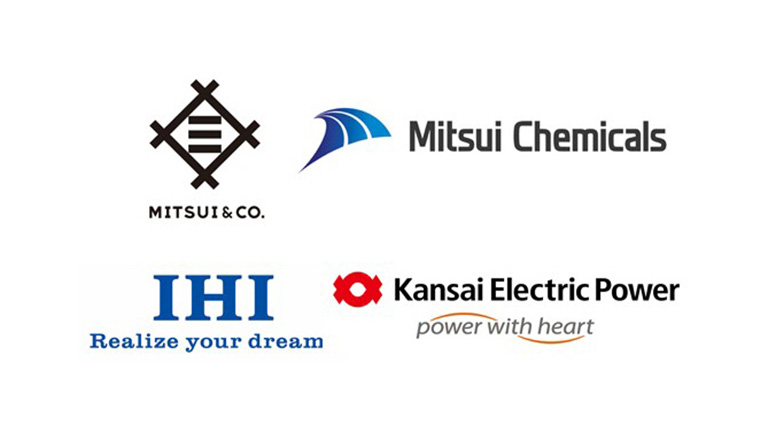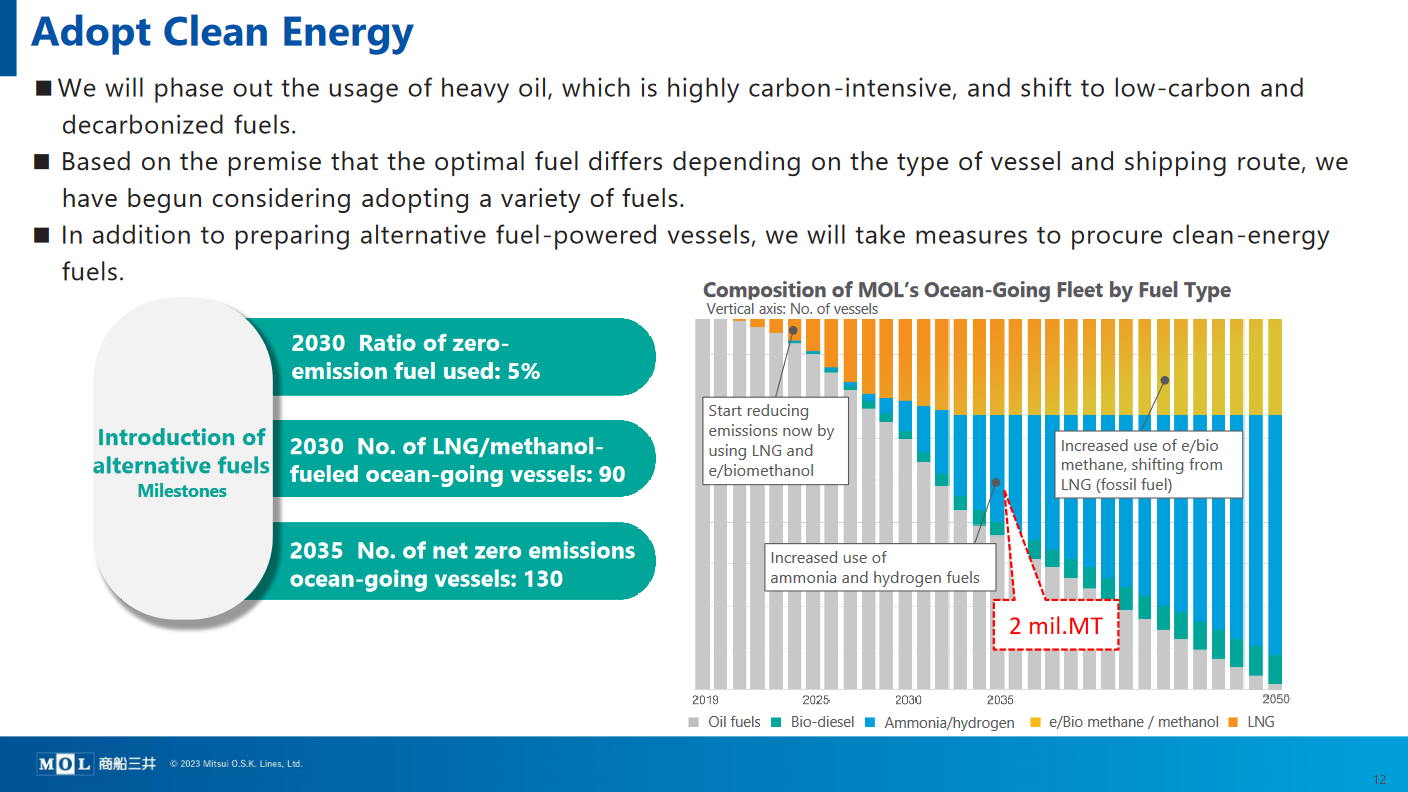Mazda includes ammonia fuel in future energy roadmap
To power its global HQ and key manufacturing complex in Hiroshima, Mazda plans to completely substitute the fuel supply at MCM Energy Service coal power plant away from coal by 2035, enabling “power generation based solely on the combustion of liquid ammonia”. The fuel switch is part of a broader strategy to achieve carbon neutrality across global operations by 2035.


